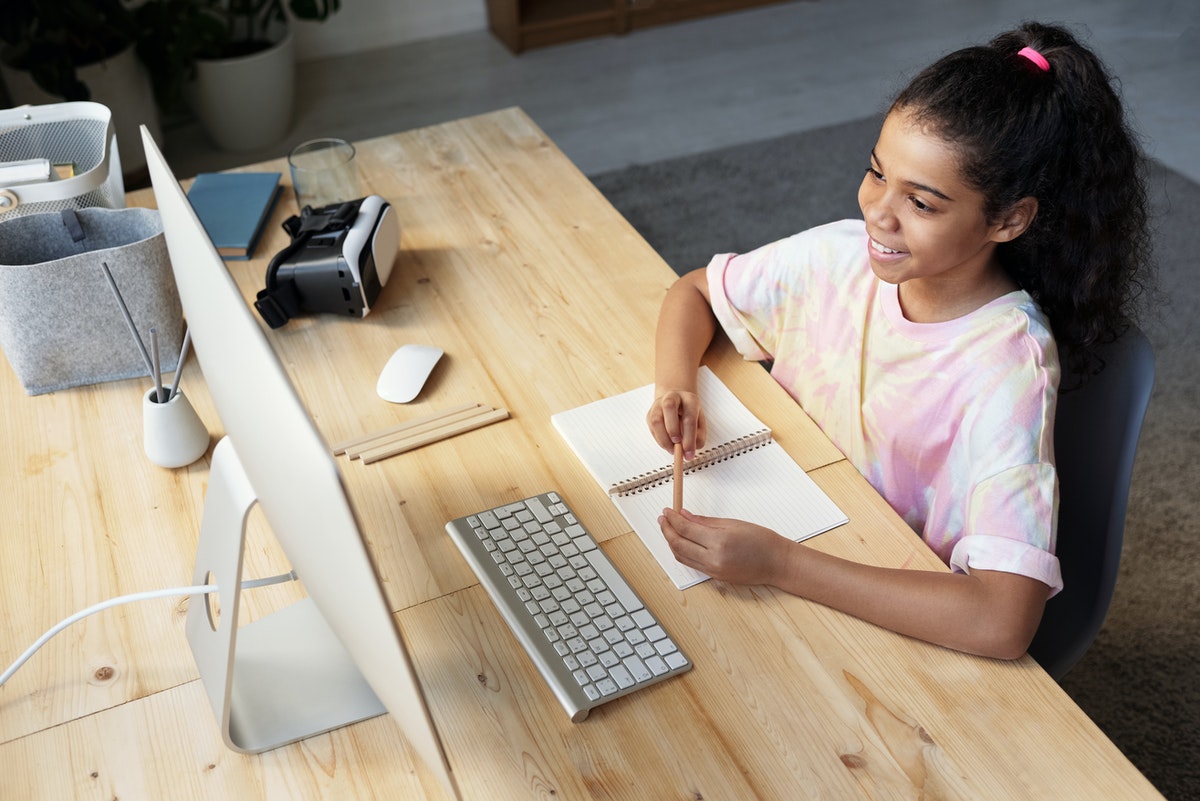The key to achieving success with homeschooling is creating a great learning environment for your child. Similar to traditional schooling, children thrive when they are in an environment that is conducive to learning, productivity, and positive play. Unfortunately, not every house is made out to be a great place for homeschooling.
Whether your child is going to school online or tuition agency because of the pandemic or homeschooling permanently, here are the best ways to make your home a better environment for learning:
1. Create their own space for ‘school’
It is important to separate school and home life when homeschooling. In this way, your child can stay focused on schoolwork when it’s time for school, and then they get to detach themselves from that world when school hours are over. School won’t spill into their home life and vice versa, allowing for a more positive work-life balance.
The best way to keep school and home life separate is to create a space that is solely for the school. Ideally, this space should be away from their bedroom and the main living areas in the house. If possible, consider finishing the basement and convert it into their own mini school where they won’t be disturbed by other family members. While you’re at it, hire bathroom renovation services to renovate the bathroom in the basement so that they don’t have to climb upstairs in the middle of class.
2. Invest in equipment
Children may not need fancy computers to finish their school work just yet, but it’s best to invest in a mid-range computer so that it can last until they are in middle or high school.

Aside from a good computer, consider buying your child noise-canceling headphones, an ergonomic computer chair, and a high-quality web camera (if they are attending online classes) to help improve their virtual learning experience.
3. Set house rules
Your child should follow a set of homeschooling rules as they would in a traditional school setting. You may choose to disallow them from eating while in virtual classes, having their phones or toys nearby during school hours, or opening non-school-related websites while doing school work. It depends on your parenting style and the individual needs of your child.
Similarly, it’s a good idea to set house rules for the rest of the family. For instance, you can ban other family members from going into your child’s work area when class is in session to avoid distracting them. Moreover, you can prevent them from making excessive noise to help your child stay focused on their task at hand.
4. Improve comfort
One of the best perks about homeschooling is that your child can be more comfortable compared to a normal school. Most children learn best in comfortable settings, so increase your child’s comfort by having them sit on pillows instead of chairs, setting up a comfy reading nook, allowing them to hug a plushie while attending classes, and wearing comfortable clothes.
5. Allow your child to decorate
Let your child express their personality by allowing them to decorate their desk or activity area. Aside from stimulating their creativity, being in an environment that they designed themselves can help motivate them to do better in school.
6. Limit distractions
Distractions can come in many forms, such as the TV, neighborhood noise, pets, toys, and more. Help your child stay focused on their schoolwork by minimizing the distractions around them. This could mean soundproofing their room, keeping the pet outside while they work, having them clean their toys before school, and turning off all screens.
Similarly, avoid being a source of distraction yourself. Resist the urge to check in on them too frequently; trust they can do things on their own and will ask you for help when they need it. If you must check on them, do so after or before classes.
7. Increase natural light
Natural light works wonders for both adults and children. It can increase productivity, decrease stress, and improve motivation, all while making the room feel warmer and more inviting. That said, increase natural light in your child’s work area by opening the windows and installing mirrors in the room for light to bounce. Moreover, it also helps to place their desk near the window, but be careful not to have the sunlight cast a glare on their computer screen.

Because of the pandemic, almost every child around the world has experienced homeschooling. But whether it’s a temporary or permanent set-up for your child, these strategies can help you make your home more conducive to positive learning and school-life balance in your child.



















